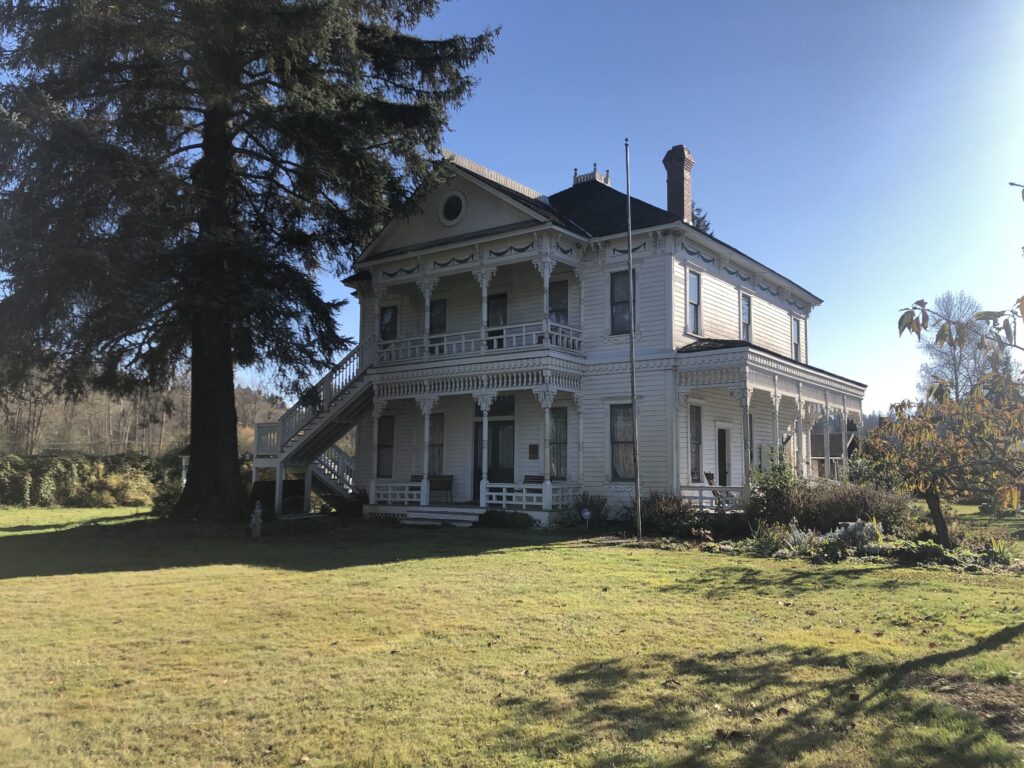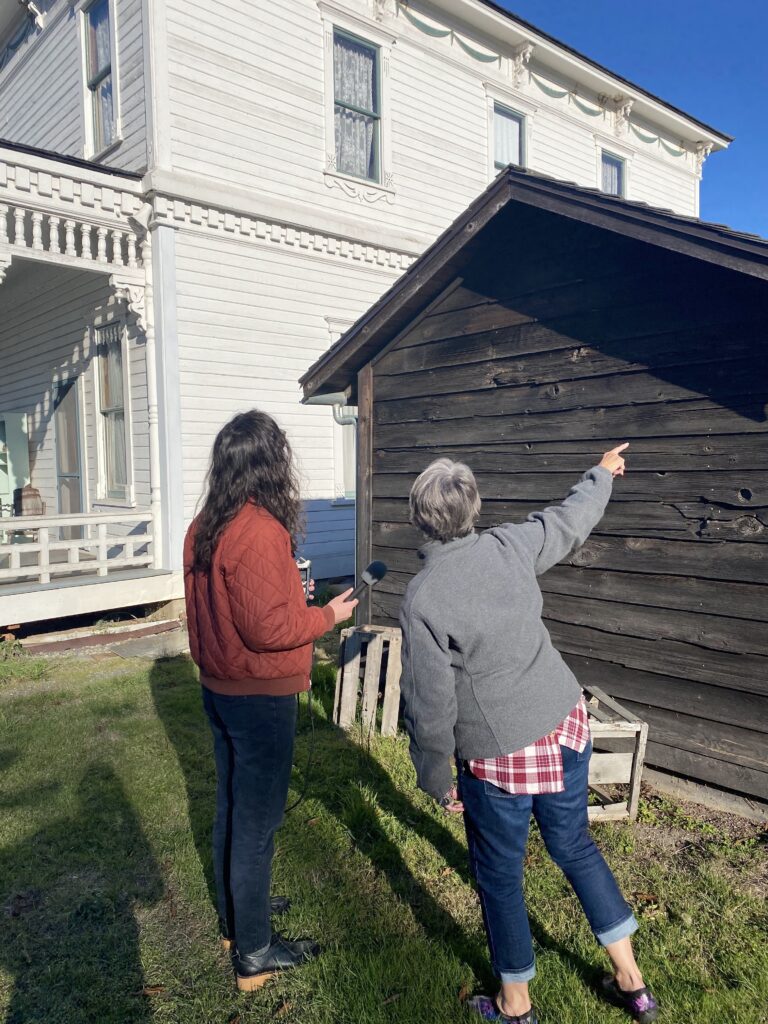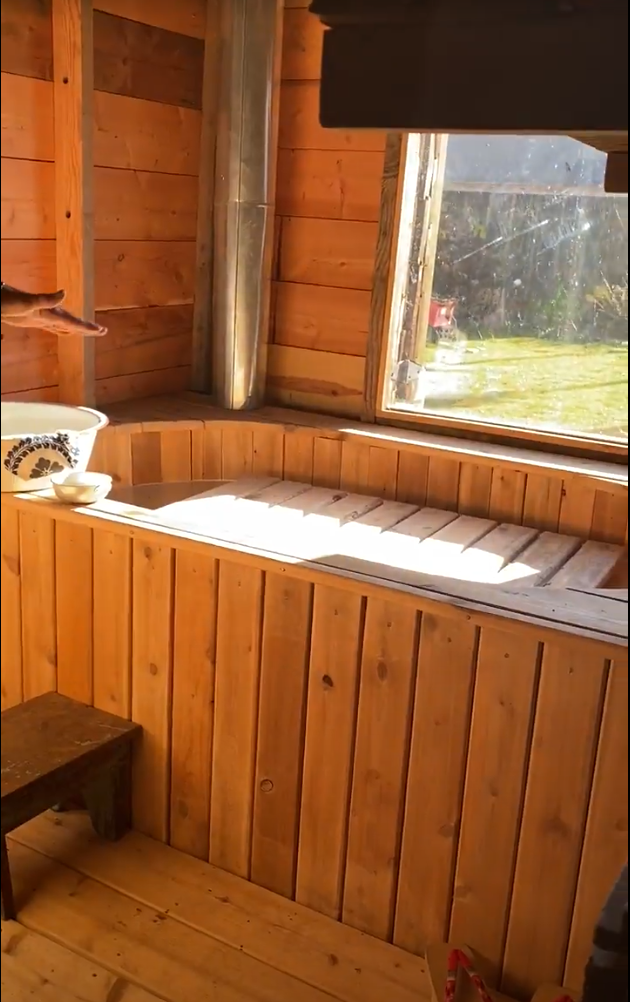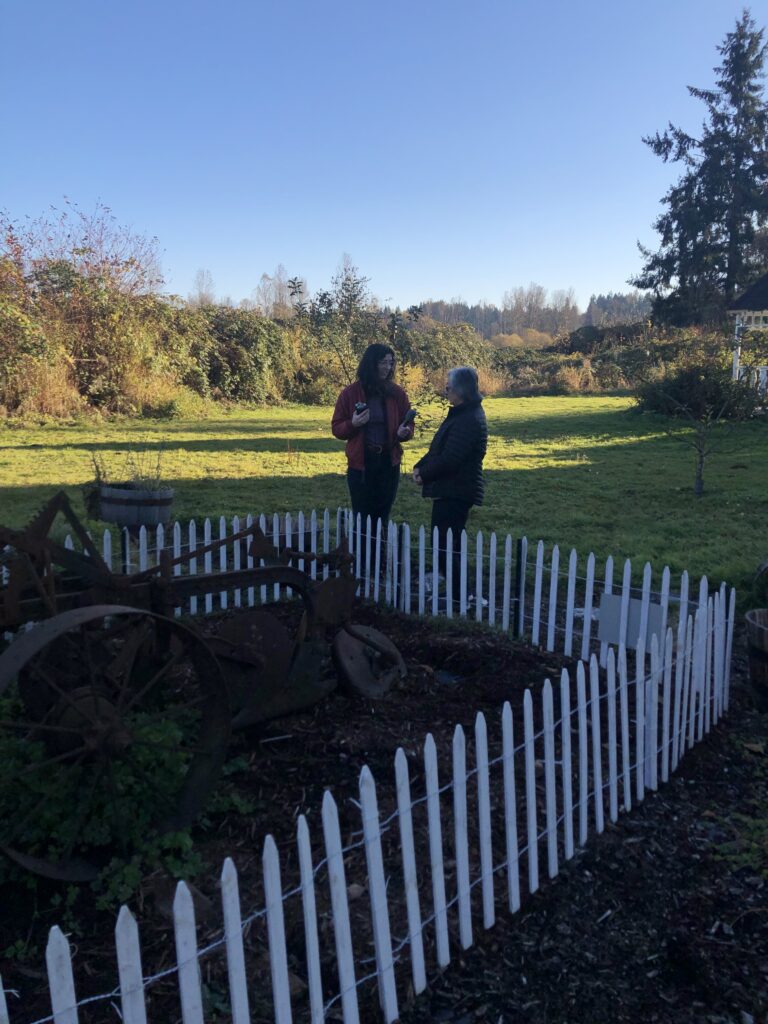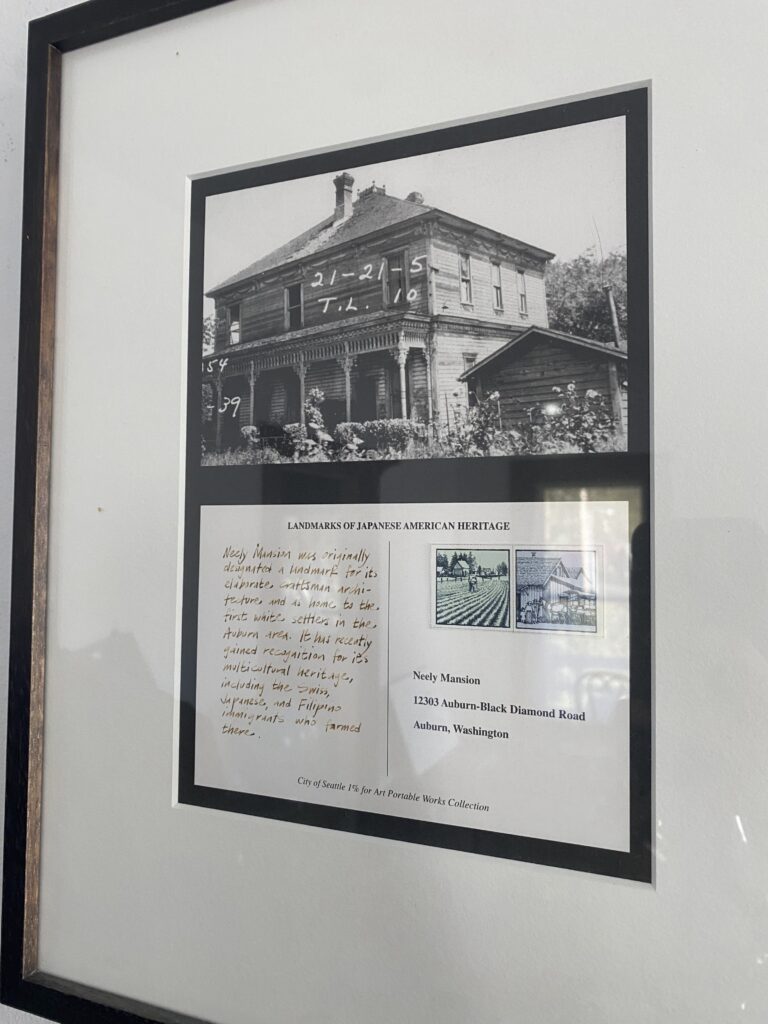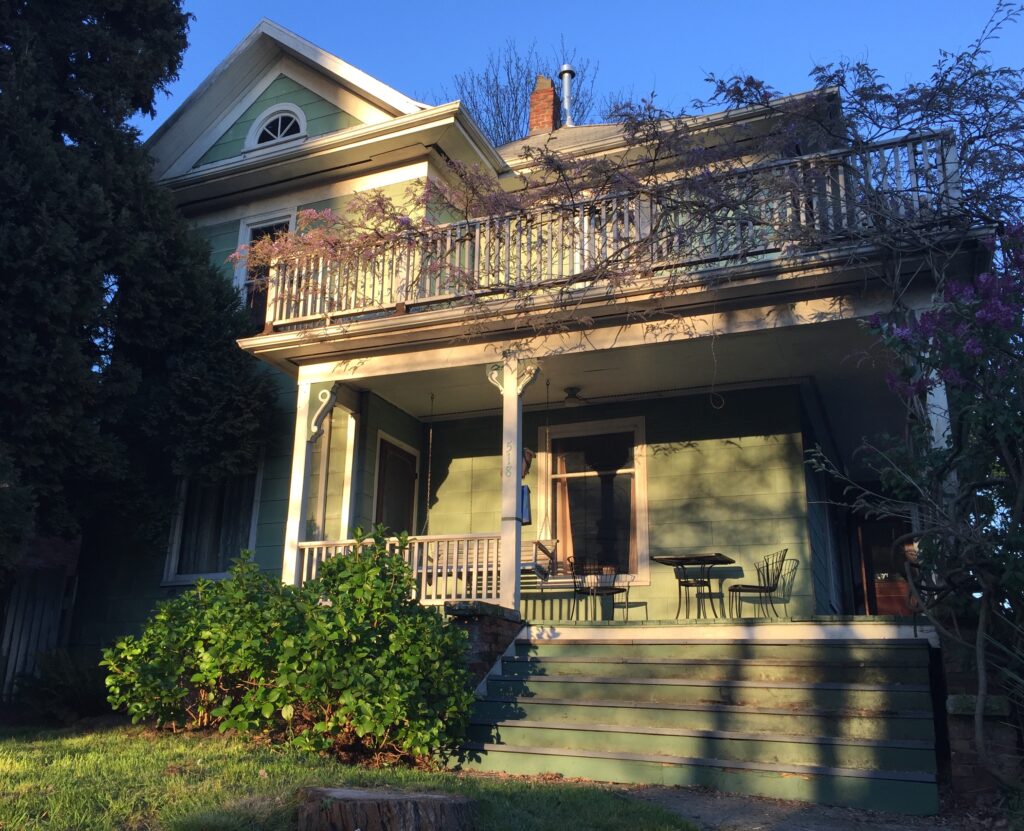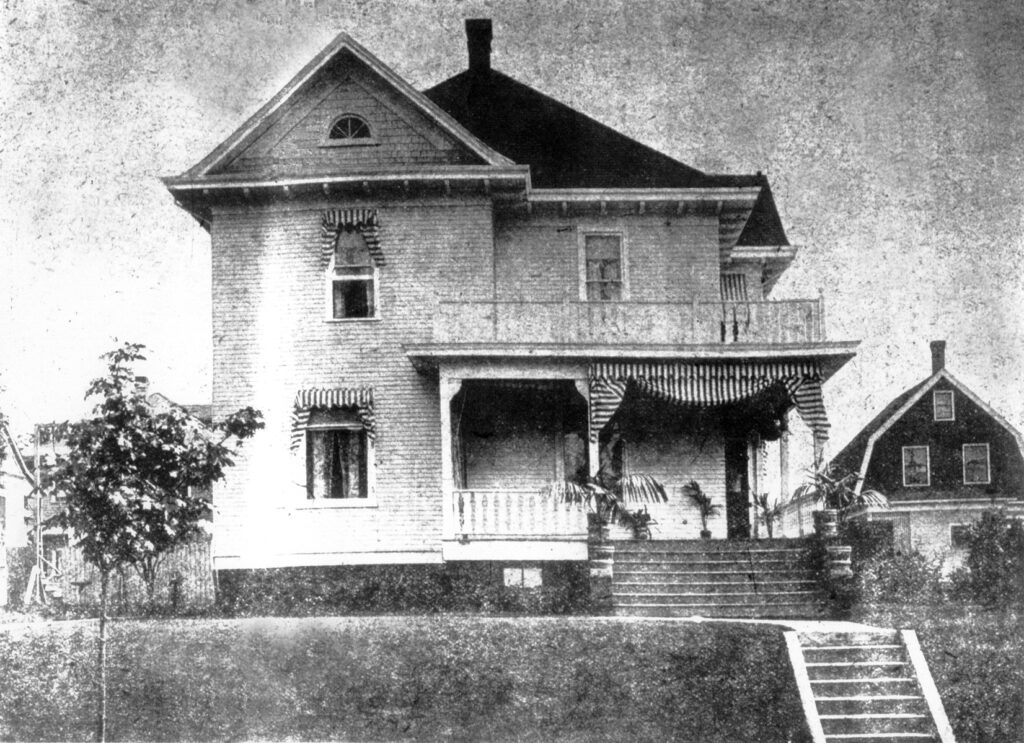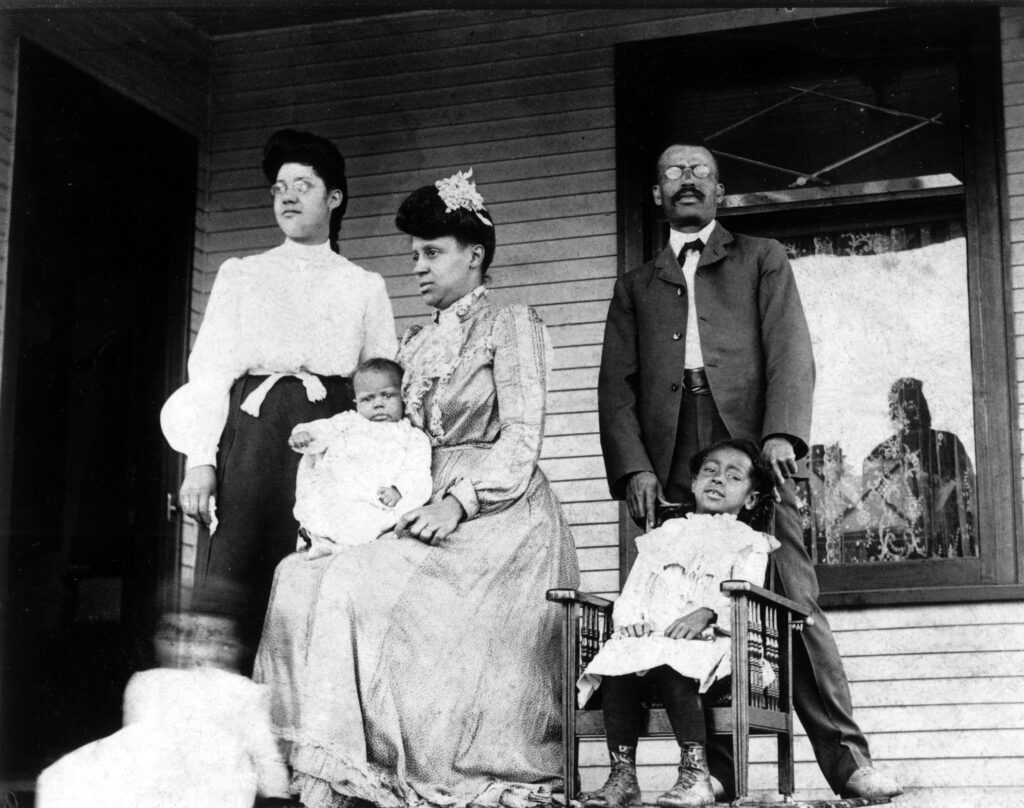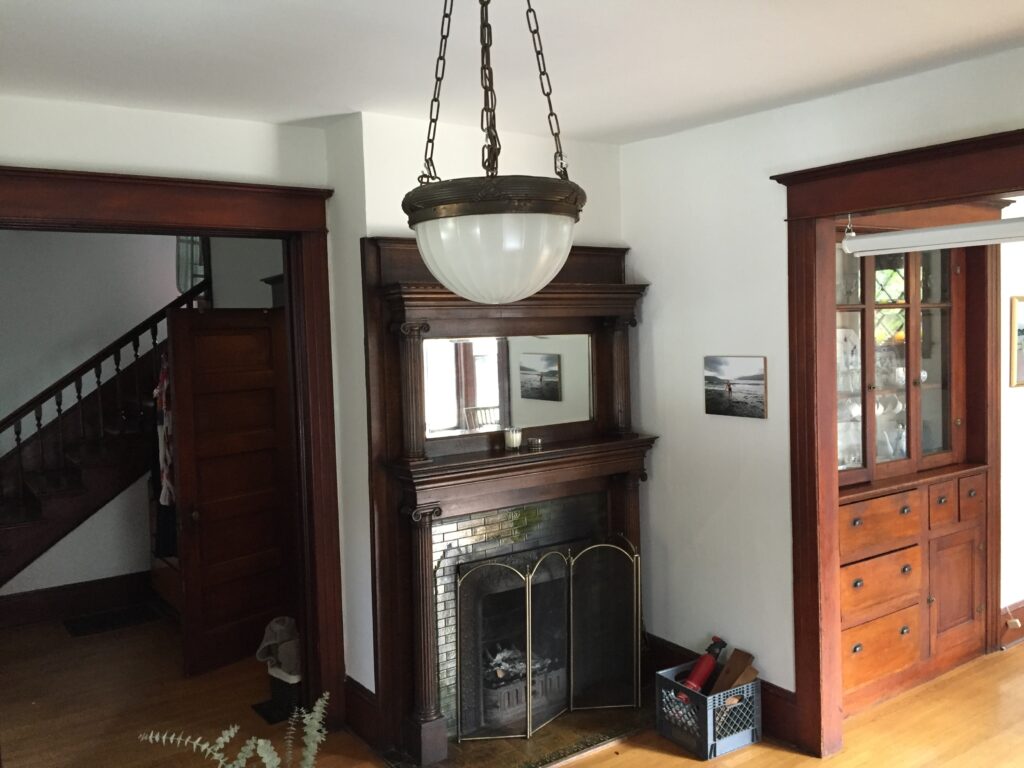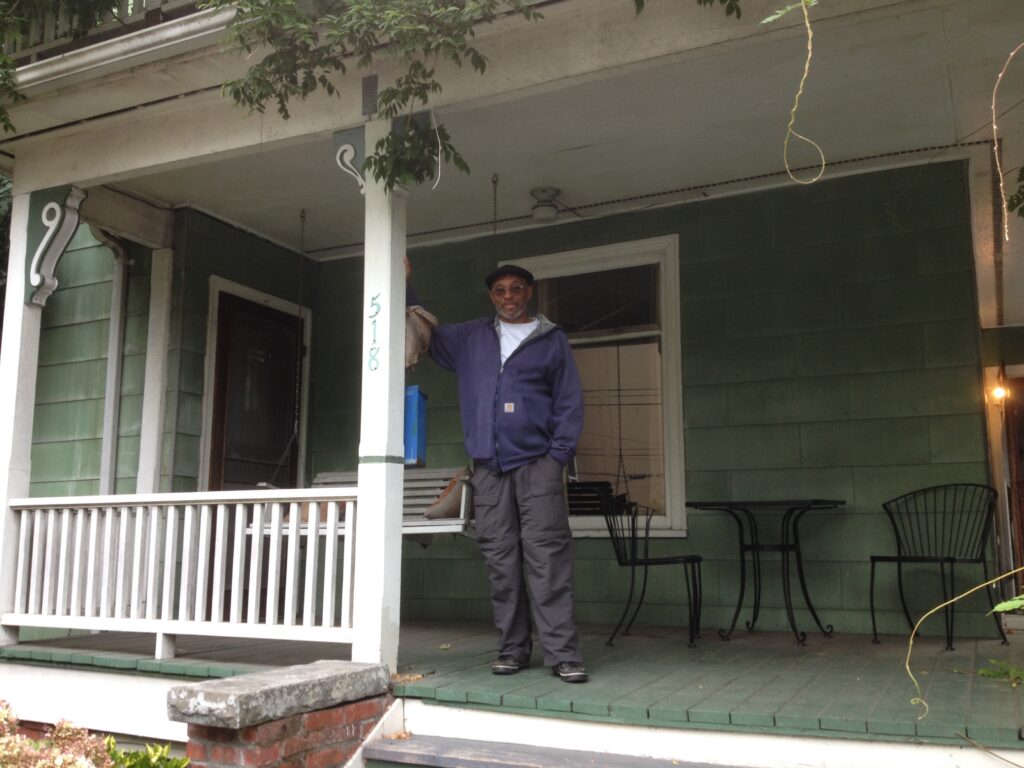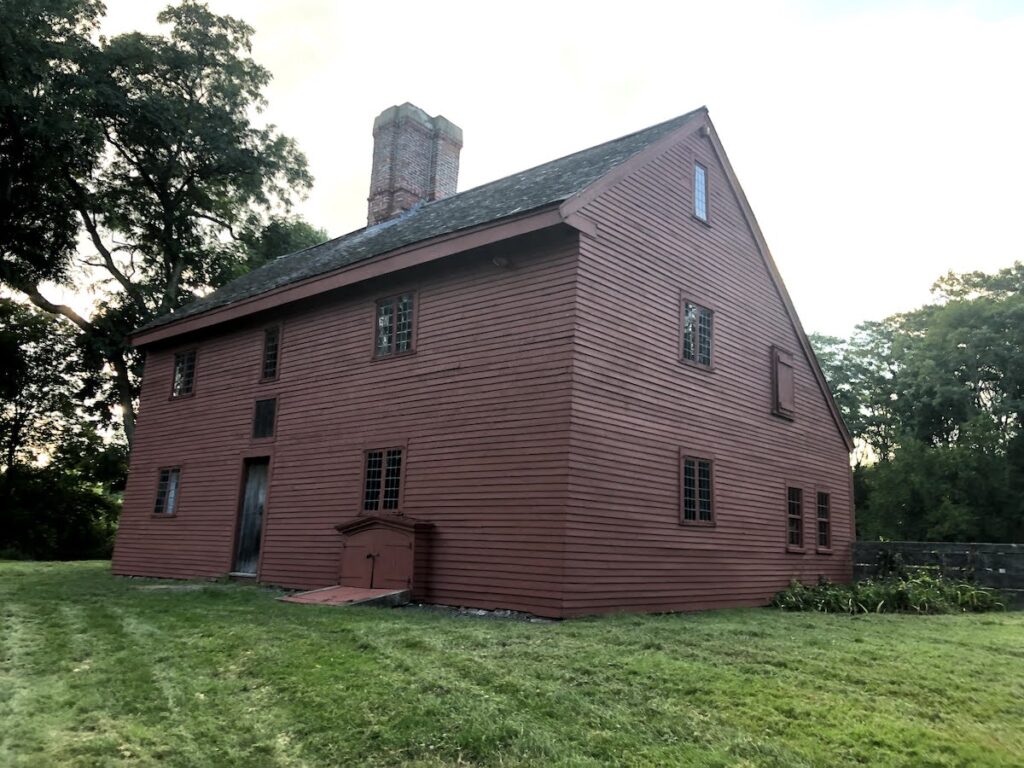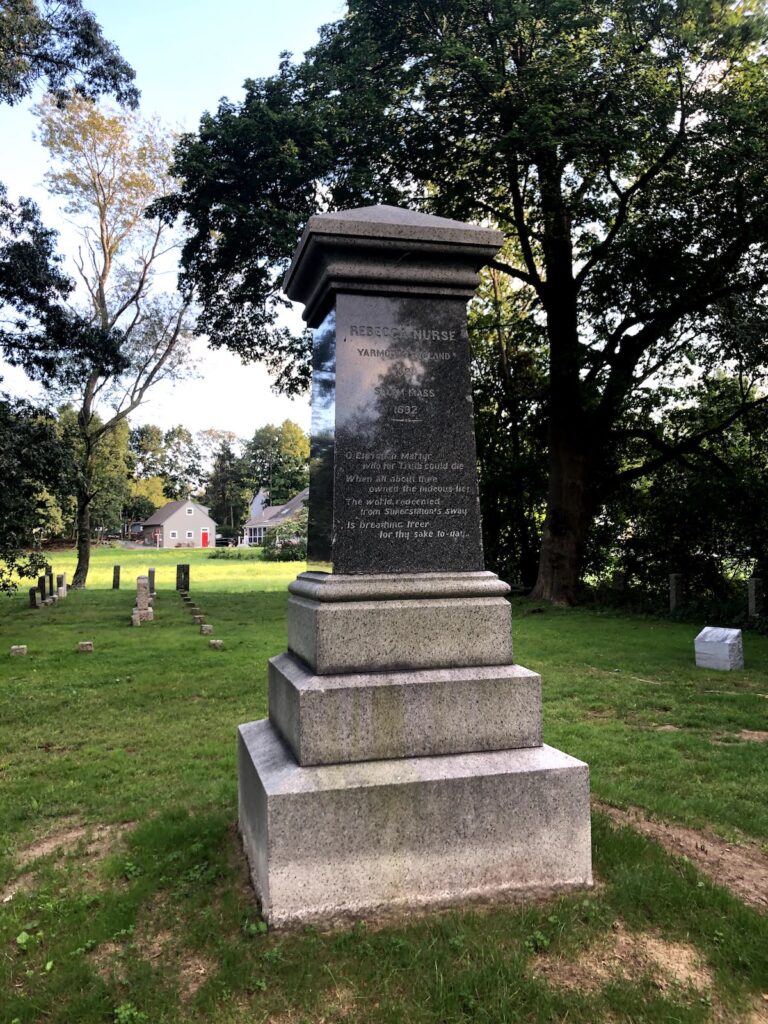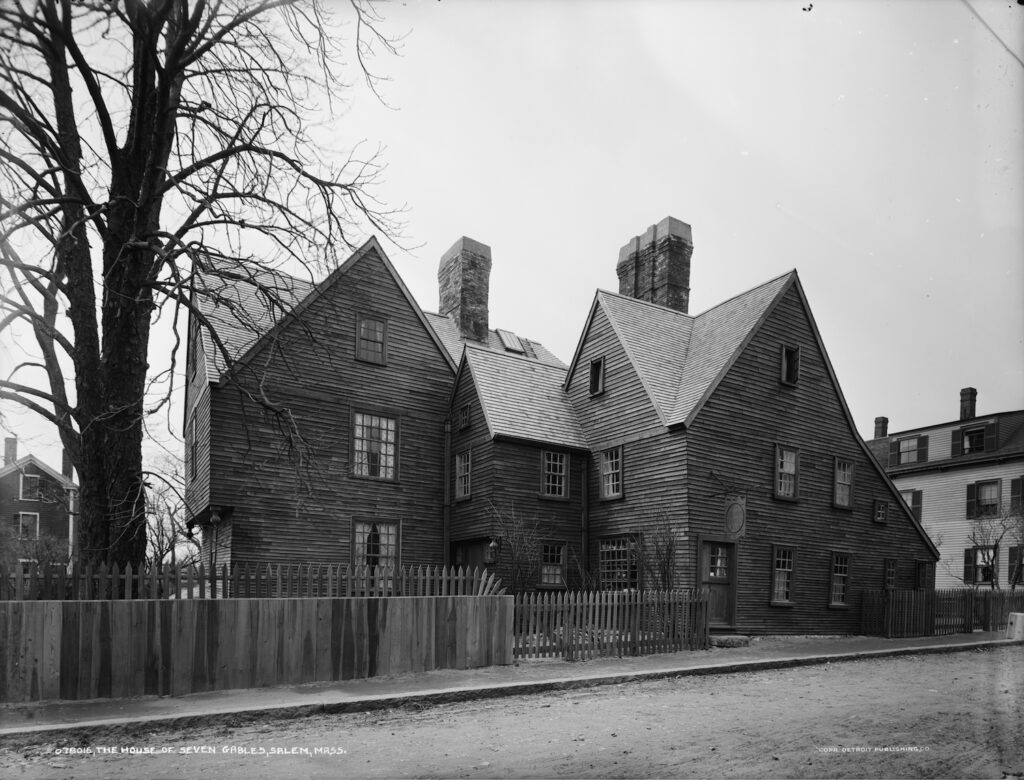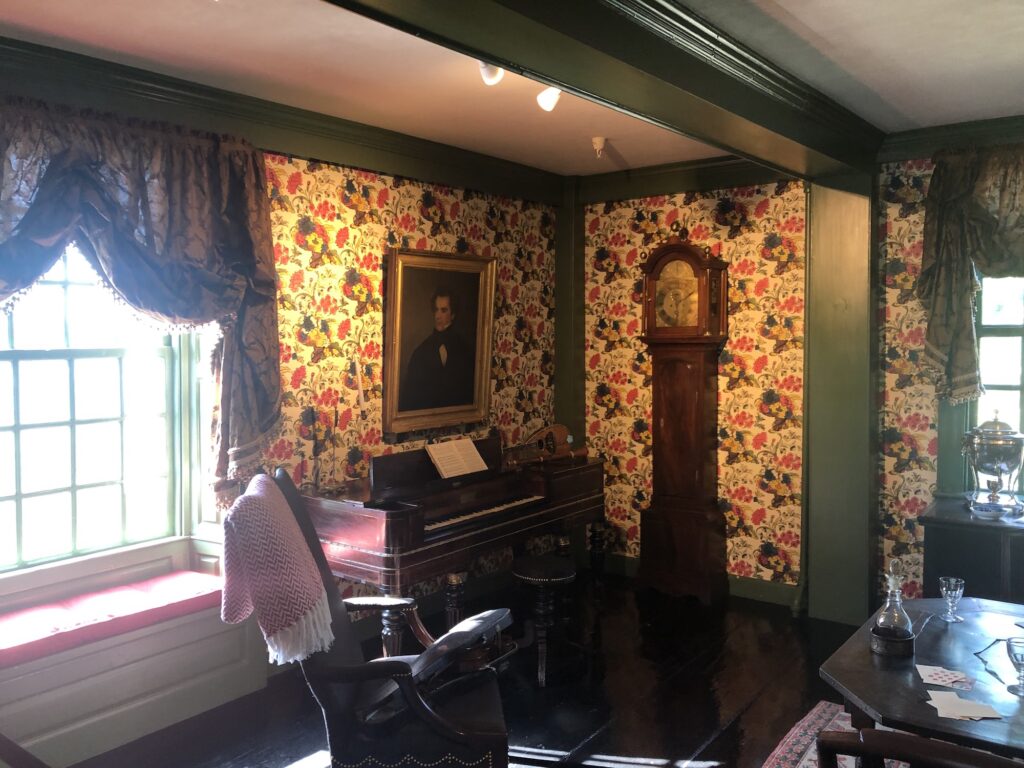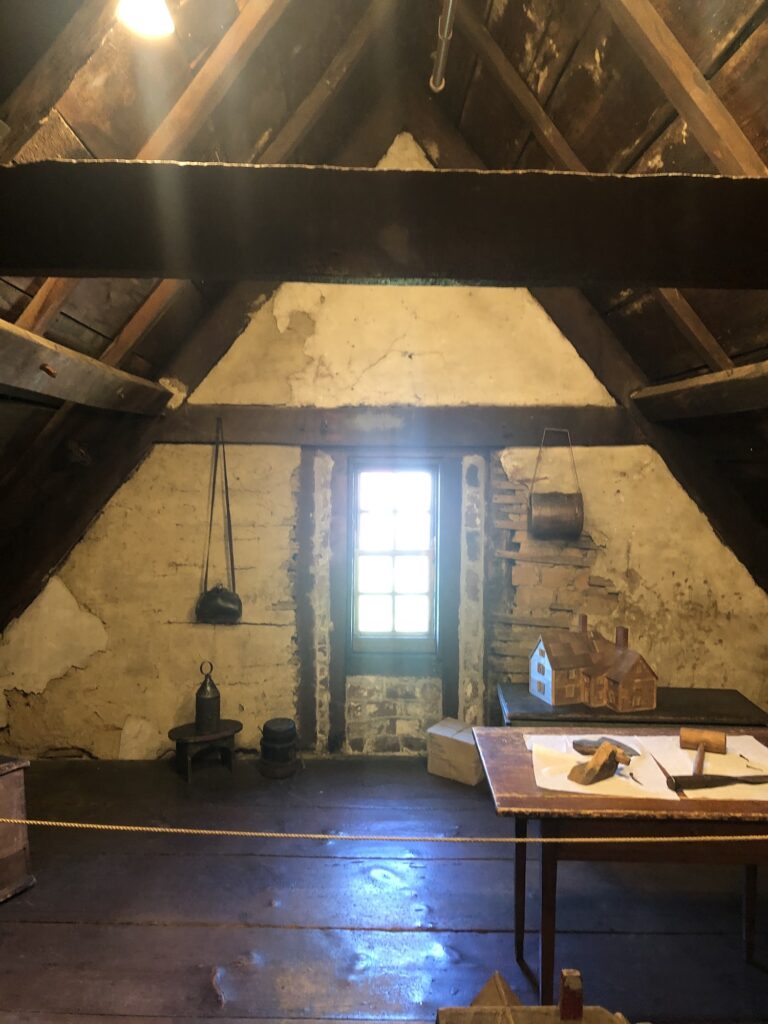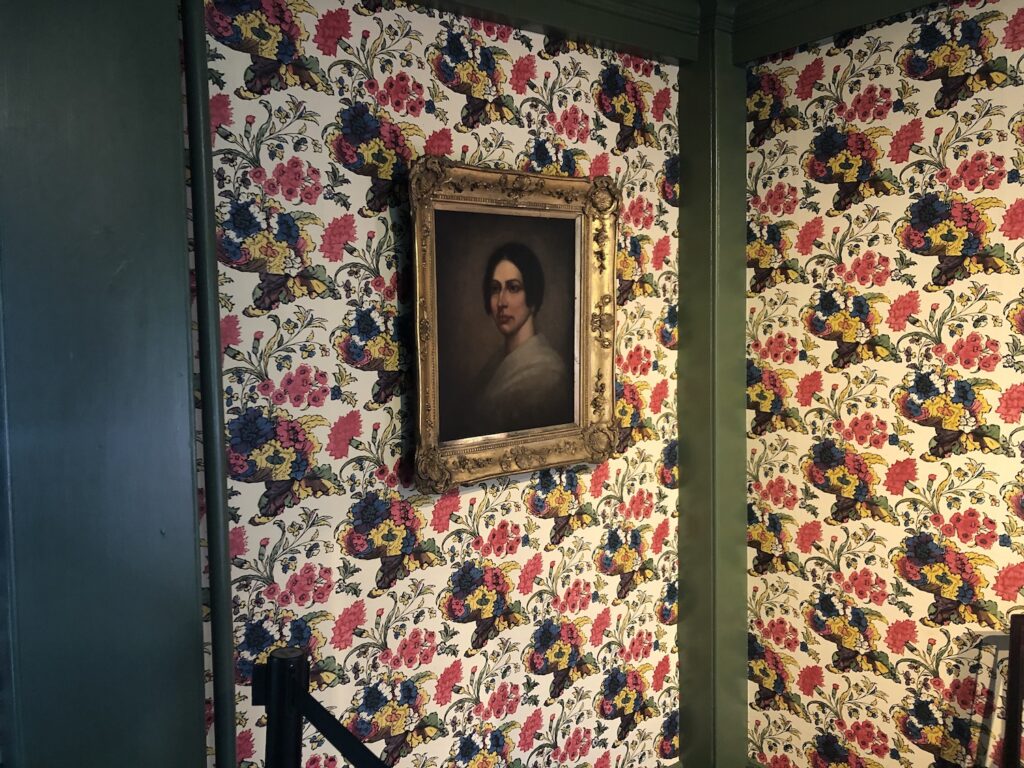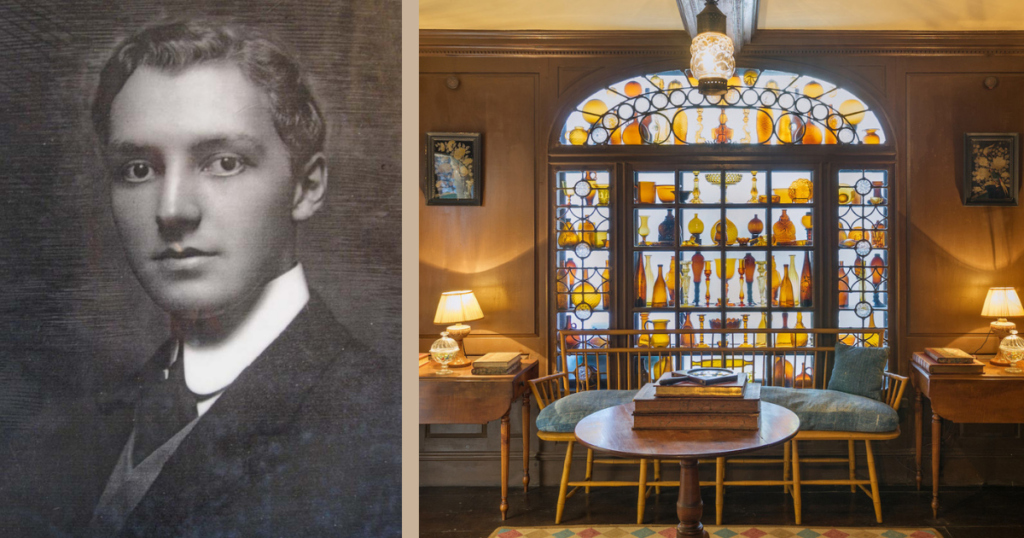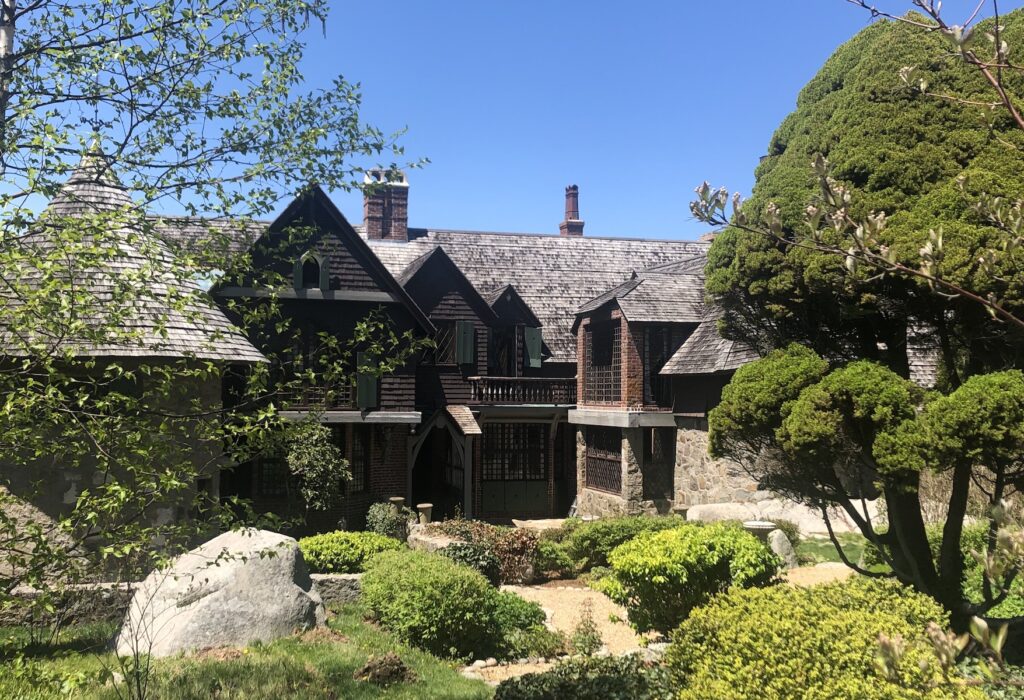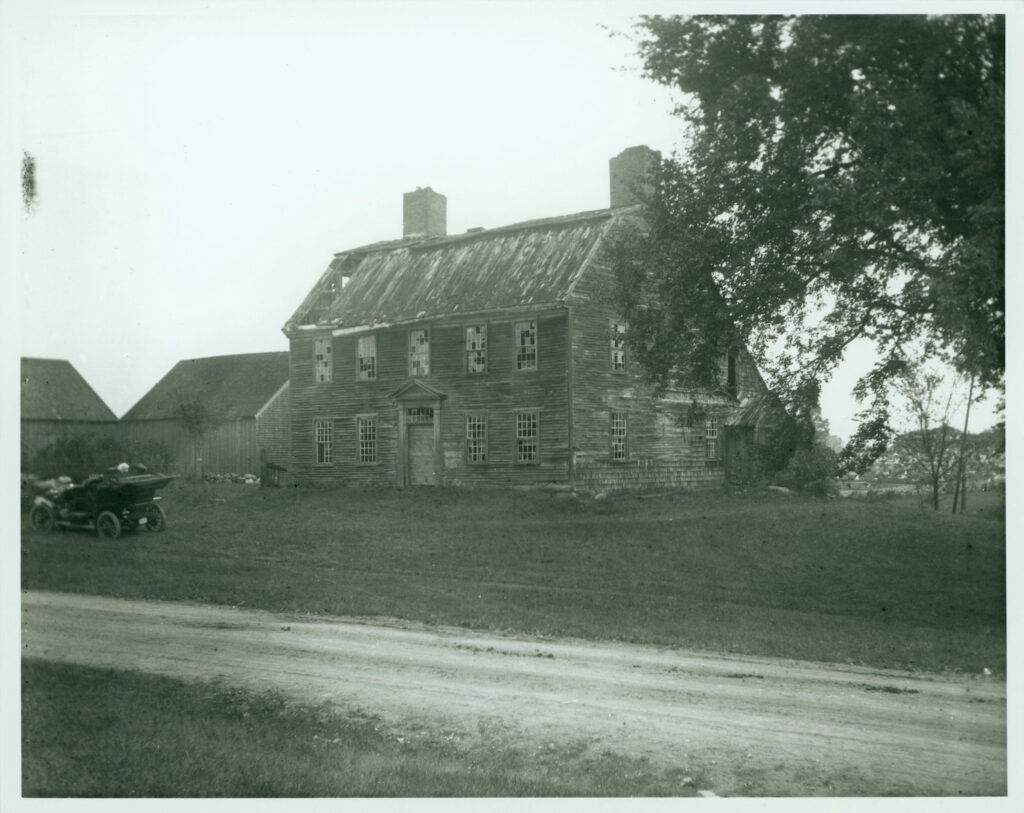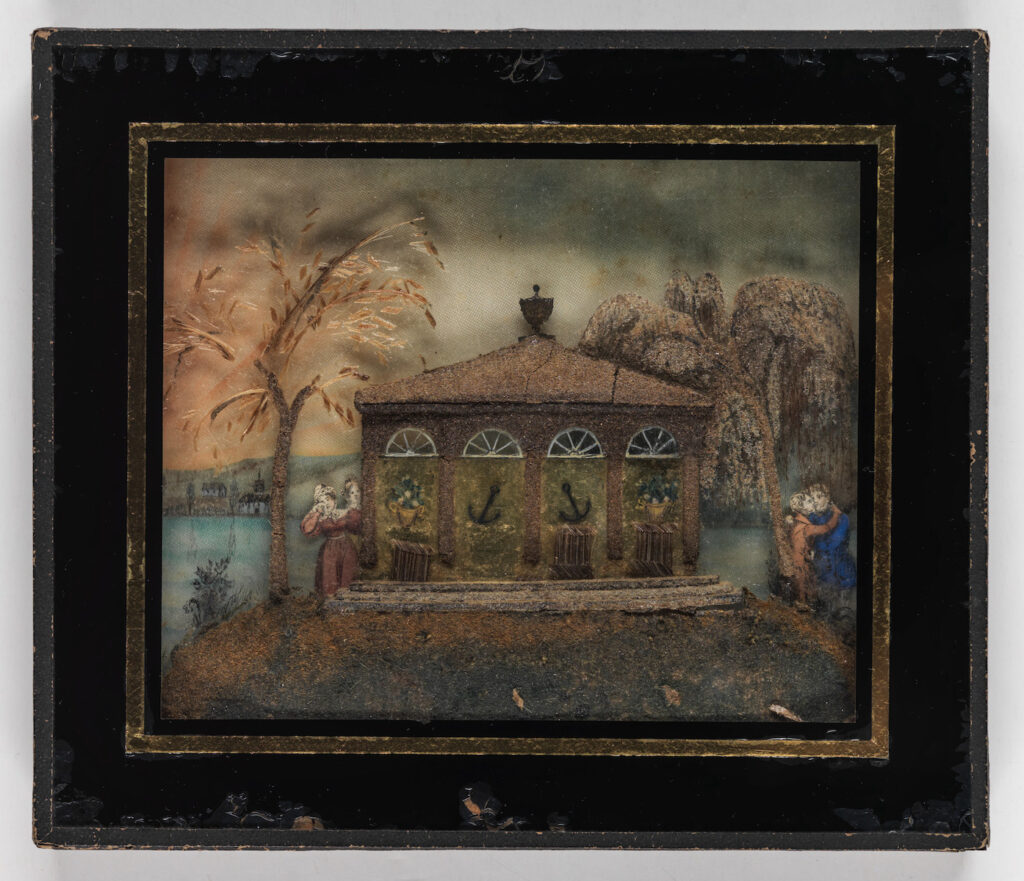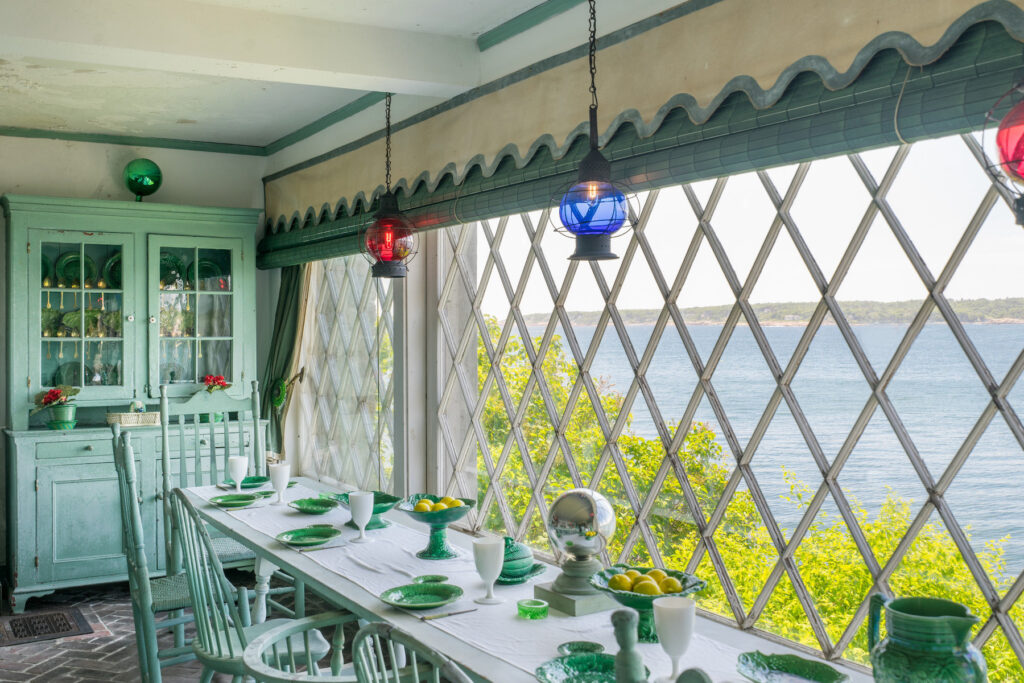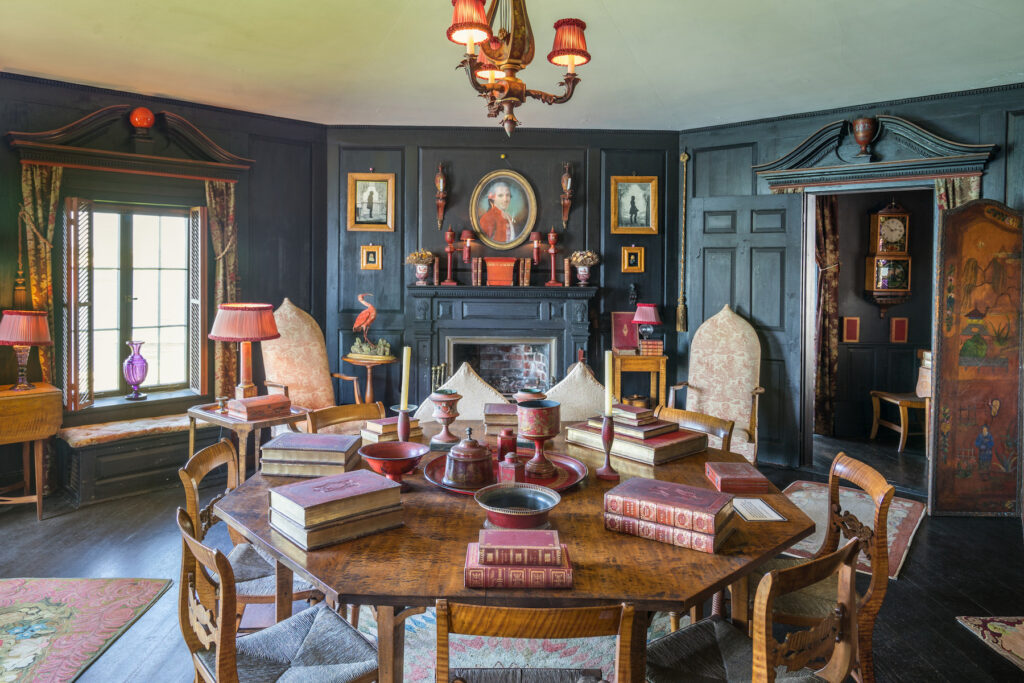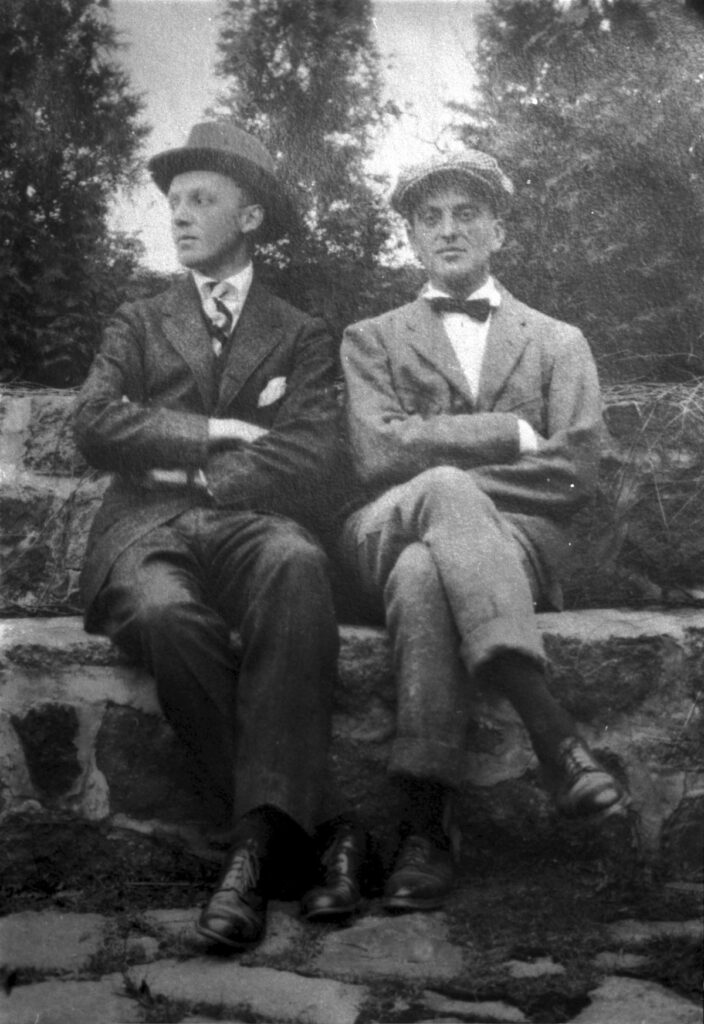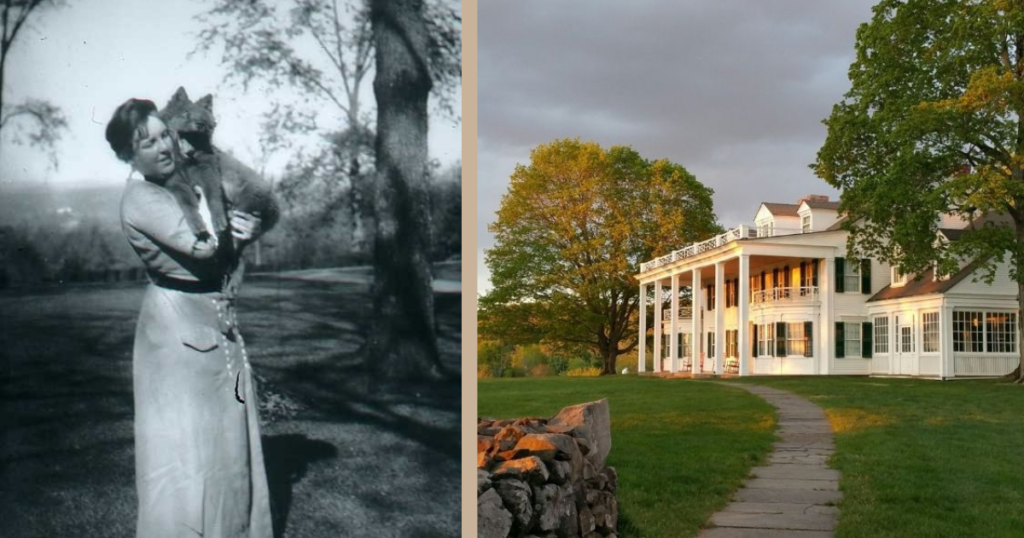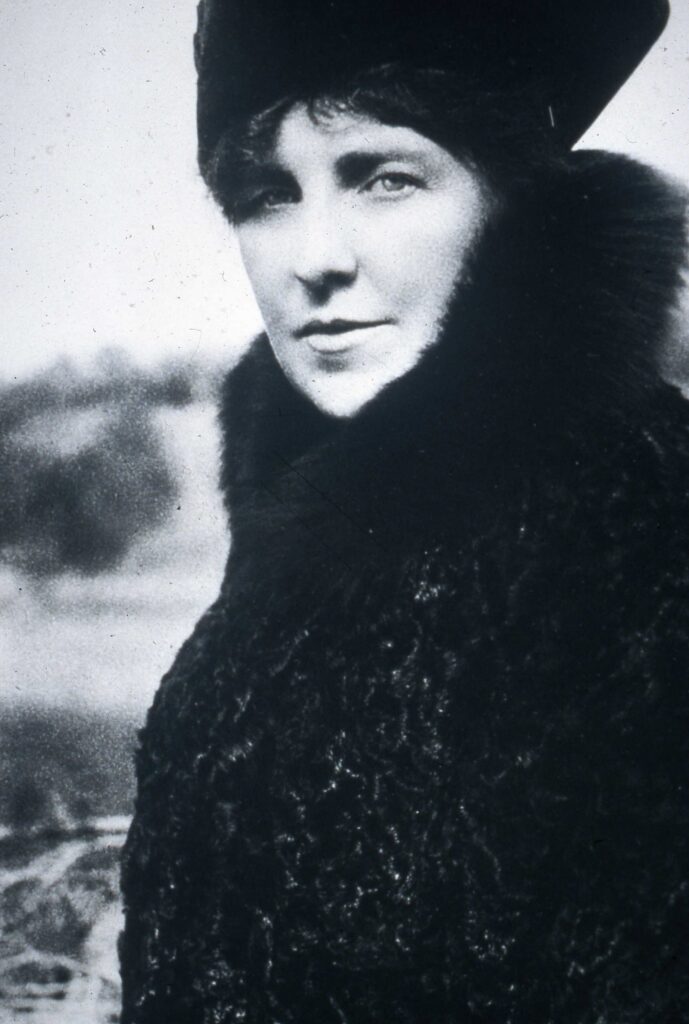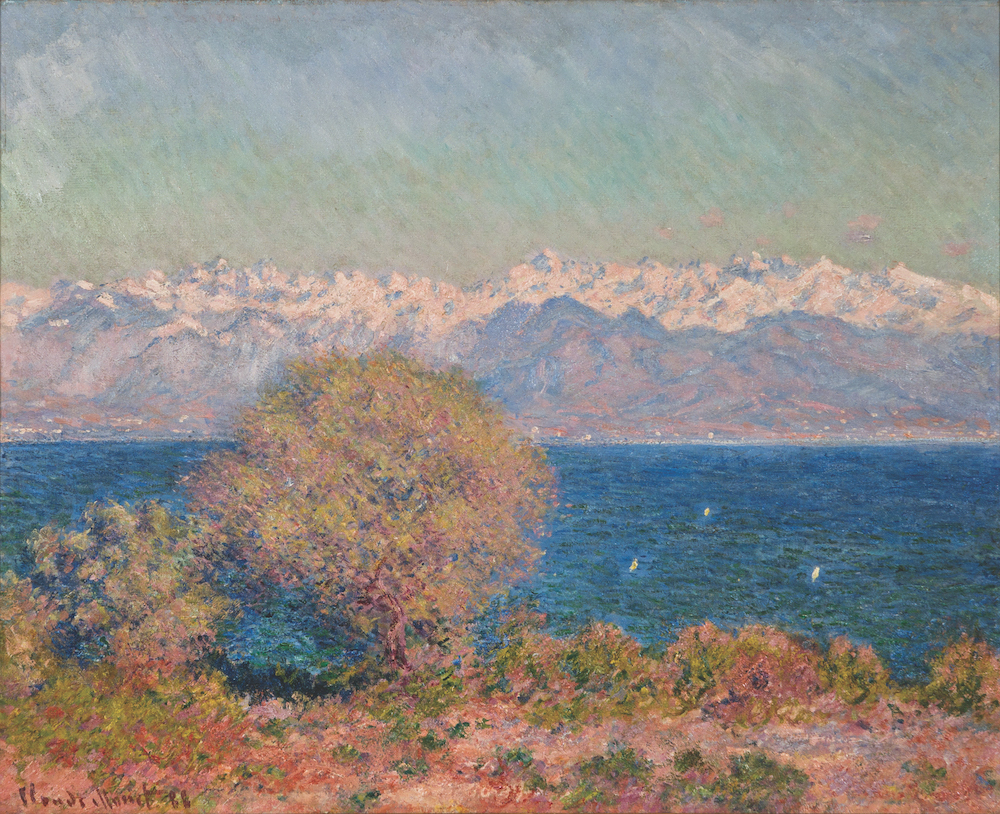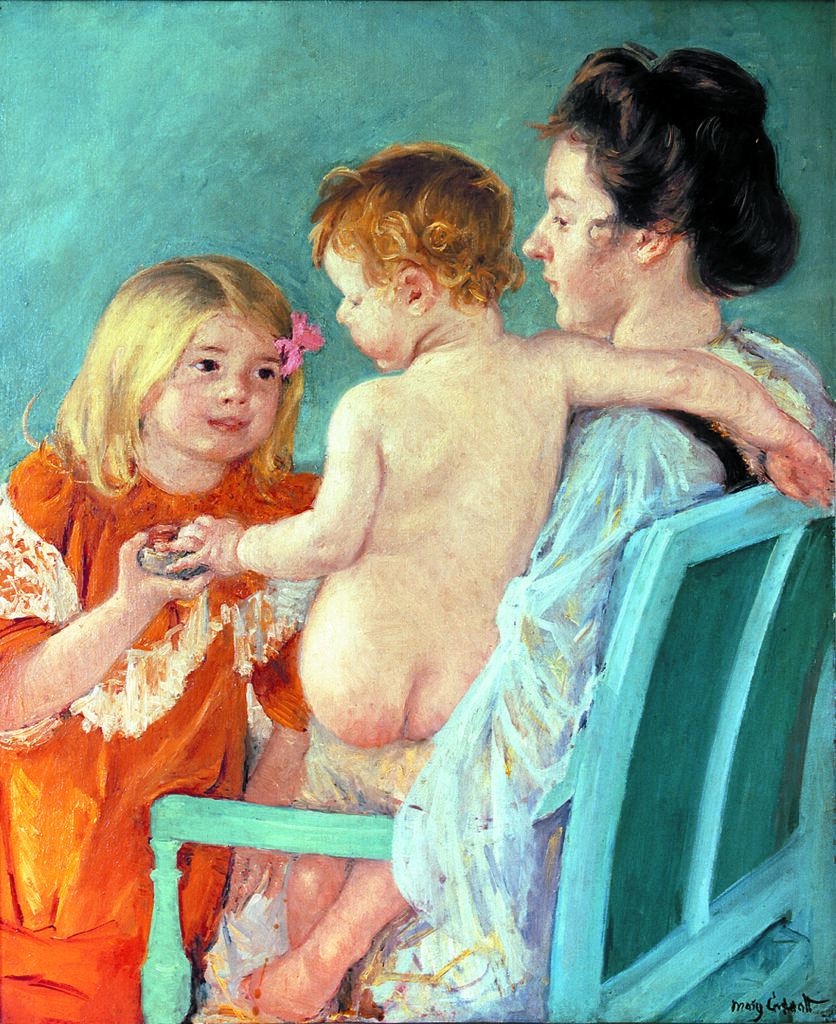This home garden is where 100s of lilacs were created
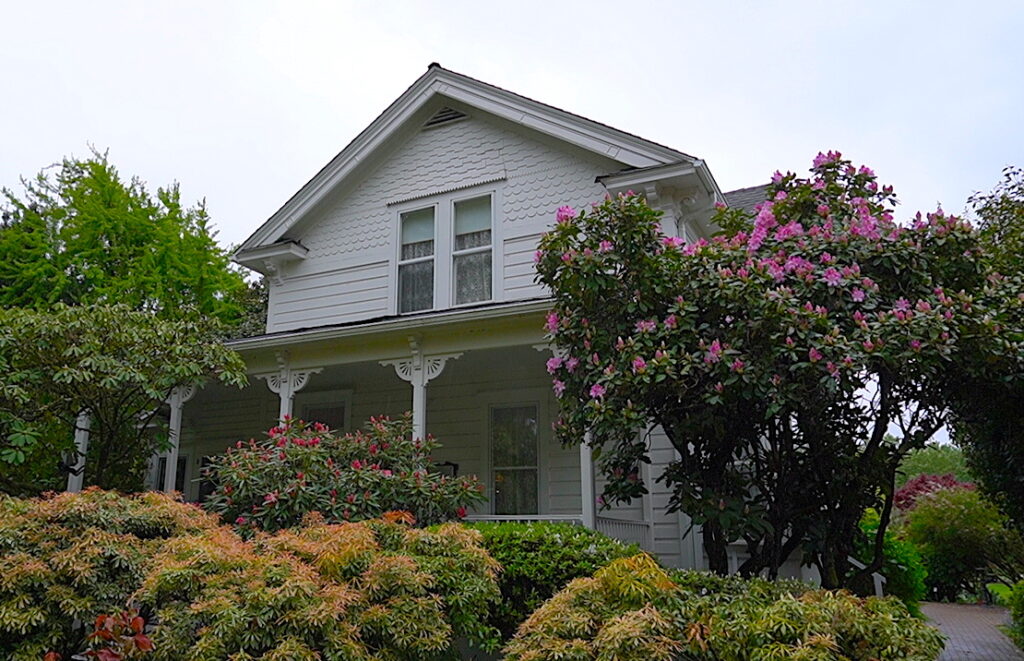
Apple | Spotify | Stitcher | Email | Patreon | Transcript Below
In this episode of Someone Lived Here, Kendra brings you to the Hulda Klager Lilac Gardens in Woodland, Washington. The home was built by Hulda’s family, The Thiel’s in 1889. Hulda Klager would purchase the home and move in in her 40s.
She became interested in the work of Luther Burbank, a horticulturist and hybridized. She had been inspired by the book New Creations in Plant Life by William Sumner Harwood, which detailed Luther Burbanks process. Hulda Klager began her own experiments with hybridization: first with apples, then lilacs. Behind the house is a large garden filled with lilacs, many of which were Hulda’s creations.
This episode wouldn’t be possible without the Hulda Klager Lilac Garden. Mari Ripp, the executive director, made this whole recording possible. Judy Card, Debbie Elliott, Barbara Harlan, and Mari Ripp guided us through the home and property. The historic talk was put on by the Hulda Klager Lilac Garden, the Woodland Historical Museum, and the Lelooska Foundation. It was moderated by Erin Thoeny and recorded by Keith Bellisle. Thank you to Mary Jo Kellar, Fran and Kirk Northcut, and Jon Drury for their stories.
Images from the day of the interview were taken by Ada Horne. Tim Cahill created our music. You can find a full transcript of this episode below the photos.



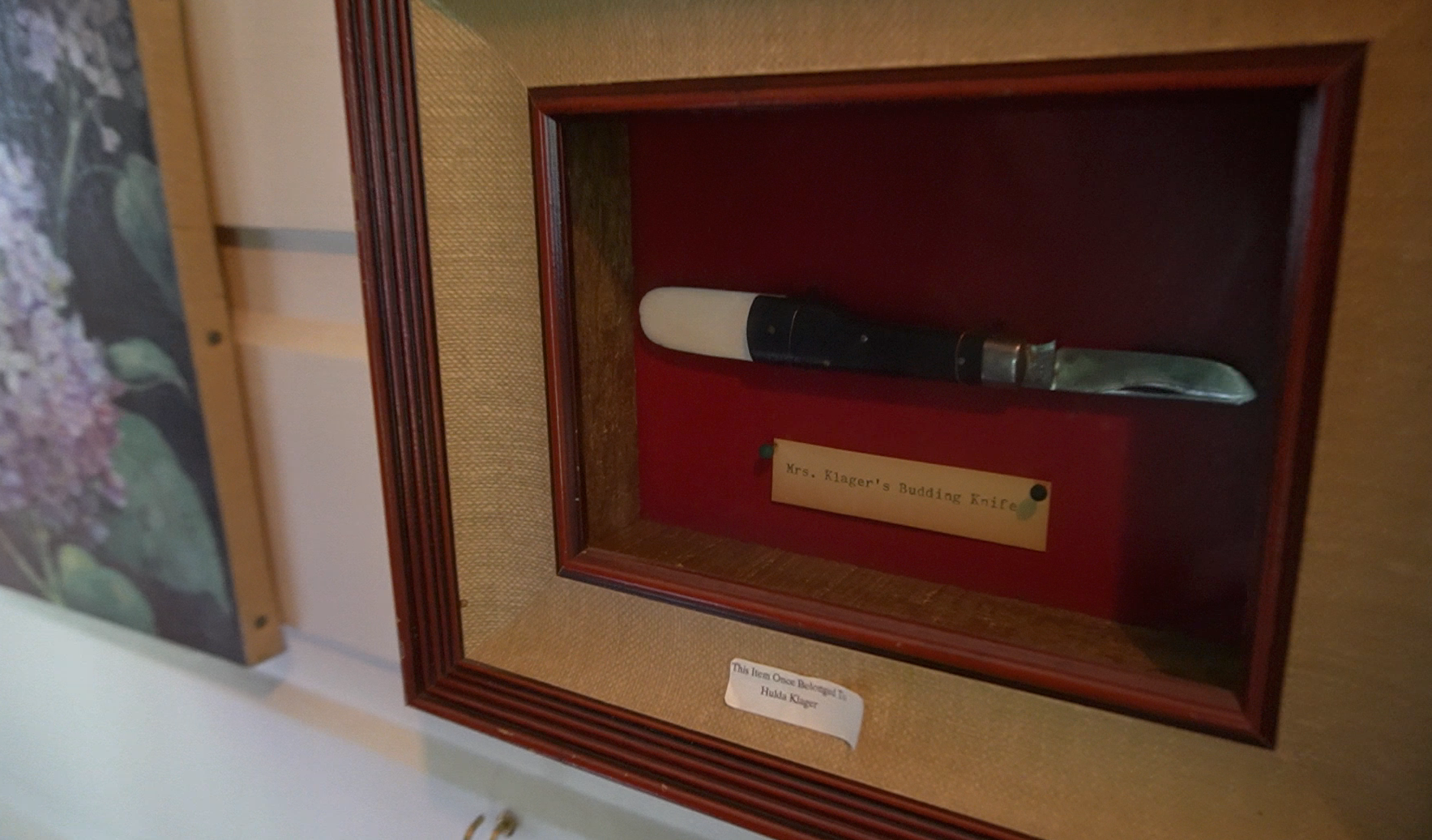
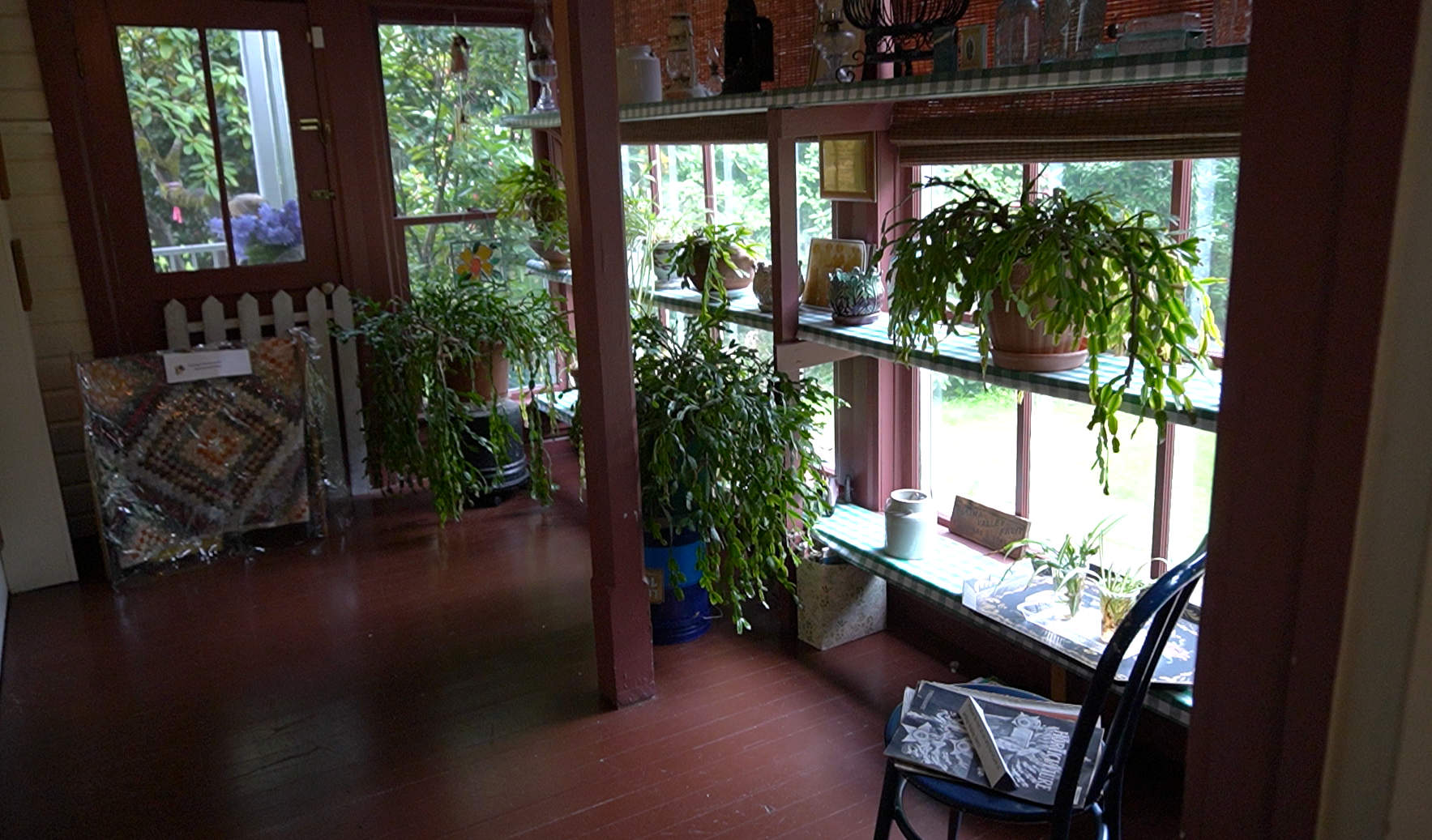
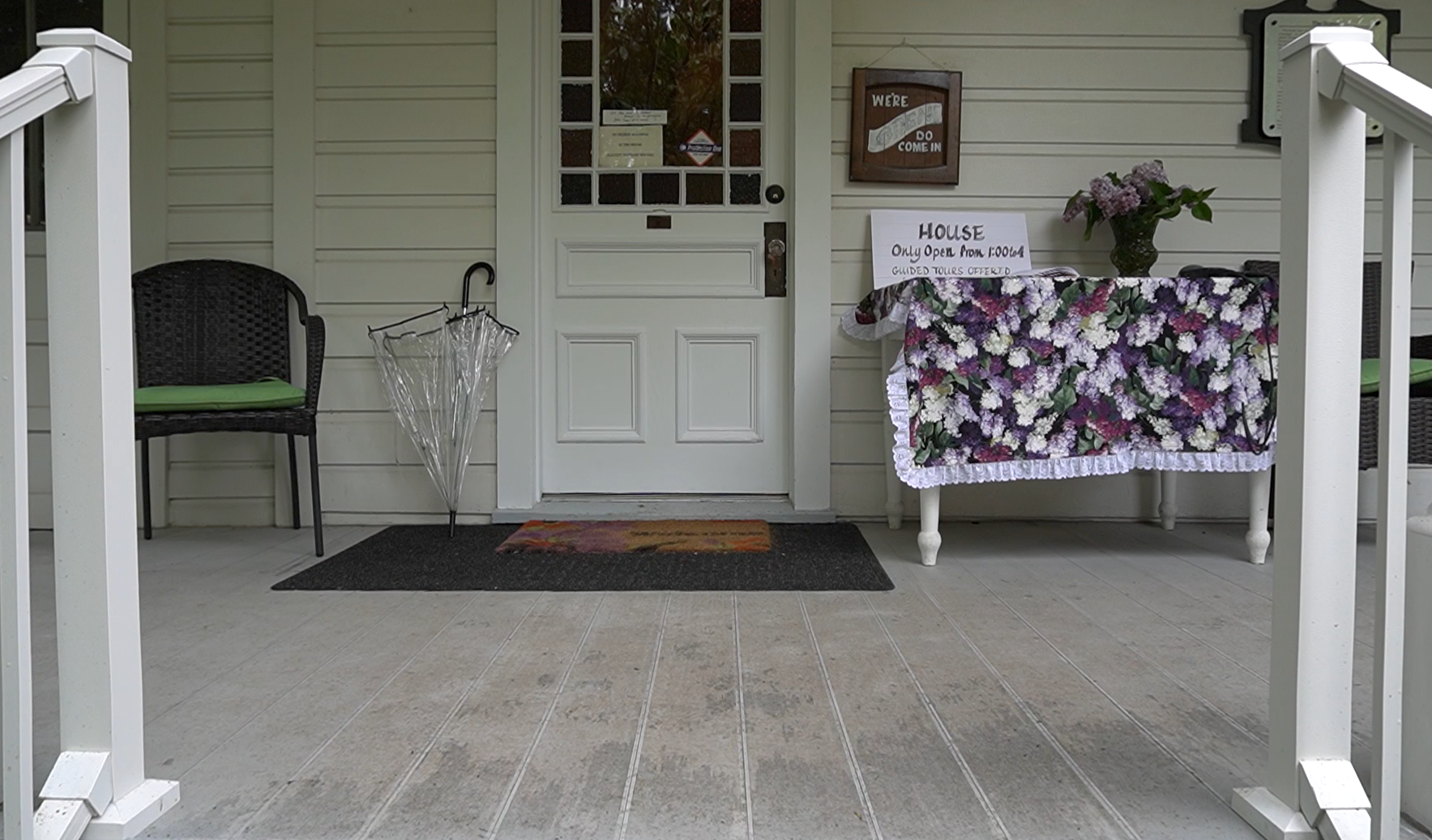
Below is a transcript for S3E7 of Someone Lived Here at The Hulda Klager Lilac Gardens and House in Woodland, Washington. If you have any questions about the show or suggestions on how to make it more accessible please reach out at someonelivedhere@gmail.com.
Continue reading “The Hulda Klager House and Lilac Gardens”